Non-Toxic Ways to Get Rid of Rats, Mice, Cockroaches, Bedbugs, and Ants
Published July 22 2021, 3:53 p.m. ET
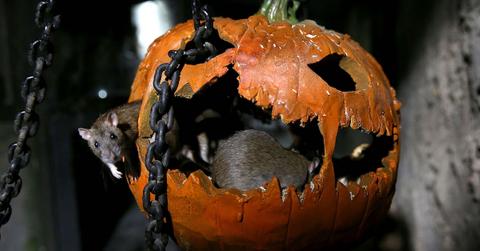
If you’re a homeowner, then you know how difficult it can be to deal with an infestation. Pests like ants, cockroaches, mice, rats, and bedbugs can cause all manner of property damage and spread disease if not properly contained.
And while there are plenty of humane methods for dealing with these critters, sometimes the only option is to get rid of them once and for all. Keep reading to find out which non-toxic extermination options work best for each pest.
Rats
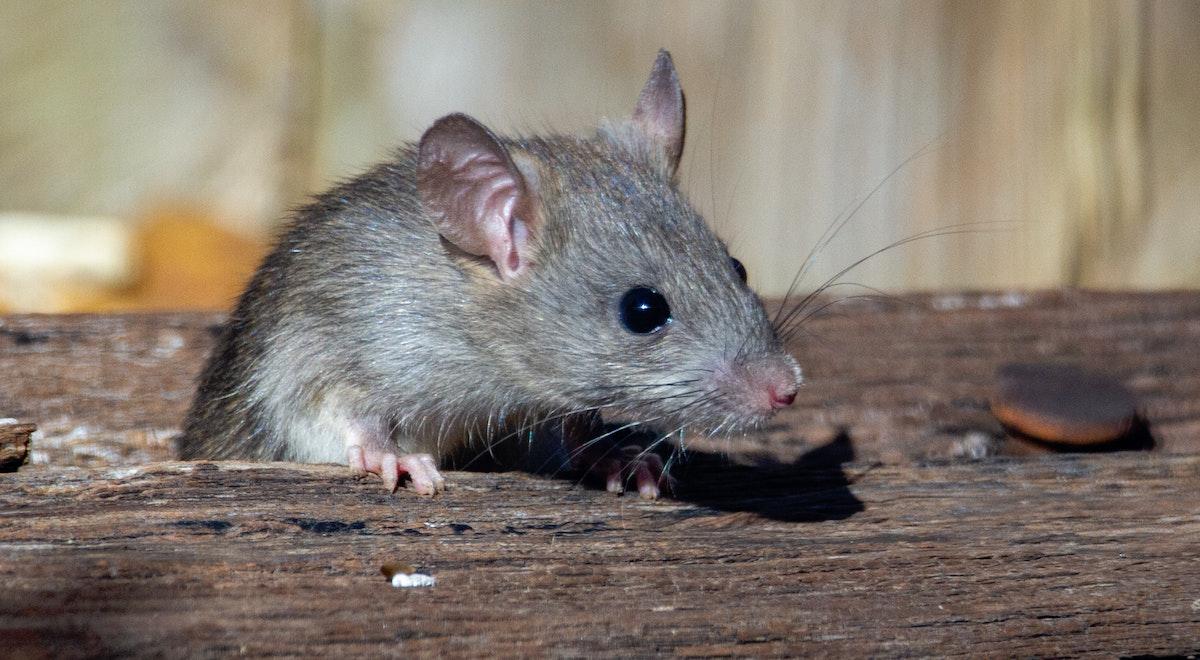
Rats are among the most intelligent and difficult pests to try and exterminate. There are plenty of nonlethal options to deter rats from entering your home, including cayenne pepper powder and essential oils, but these only work if you don’t have an established infestation. If you have more than one rodent in your home, however, it might be time to try something a little more final.
According to the Northcoast Environmental Center, the most effective non-toxic extermination options for rats are CO2-controlled rat and mouse traps, electric traps, or old-fashioned snap traps. All of these methods dispose of the rat in different ways but they are all far quicker than glue traps. You could also try a humane catch-and-release rat trap.
Mice

Mice are smaller and wilier than rats, which makes them harder to spot living in your home. You're most likely to see them in early fall or winter when they move inside to escape the cold weather. As with rats, the ideal goal should be to deter them from entering your home at all, by way of non-toxic repellents or ultrasonic devices. Sometimes, though, only an ultimatum will do.
According to Planet Natural, the ideal method for getting rid of mice is to place snap or glue traps in places where the mice have been seen. Popular spots include along baseboards, kitchen countertops, or behind stoves, toilets, or cabinets. These methods also allow you to recover the animal’s remains, rather than have it dying from poisoned bait in your walls somewhere. But again, we recommend trying humane catch-and-release mouse traps before resorting to lethal methods.
Cockroaches
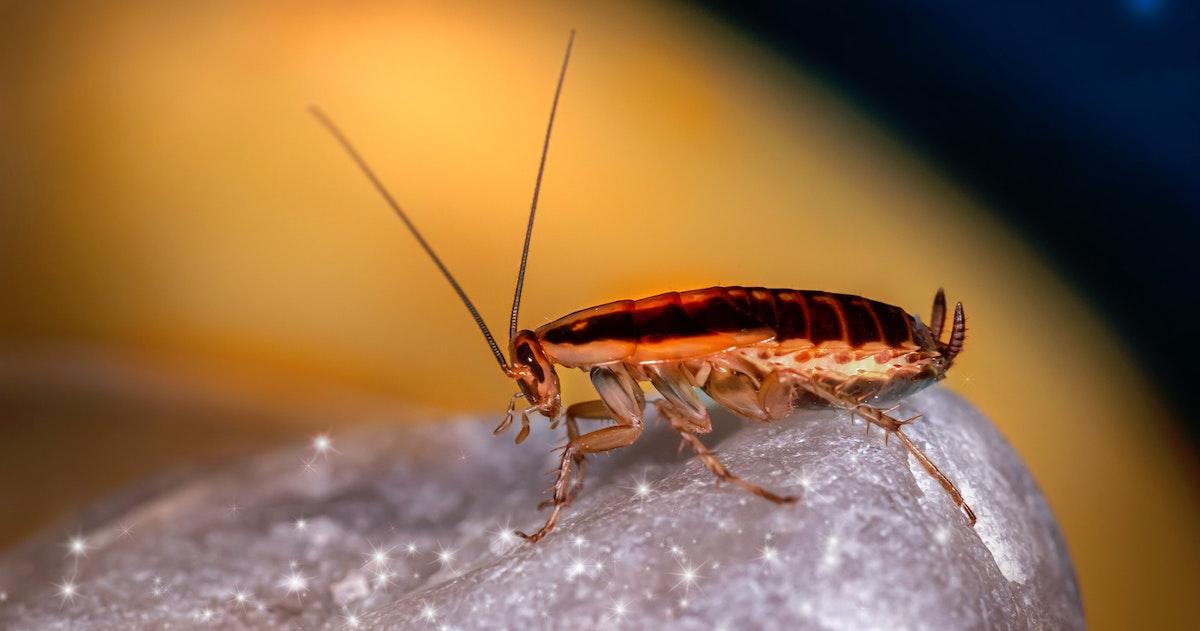
When it comes to cockroaches, we have good and bad news. Toxic pesticides are actually not the best way to get rid of cockroaches. According to Beyond Pesticides, this is due to the fact that many cockroach species are actually resistant to conventional toxic pesticides. Instead, many experts recommend using products like boric acid, diatomaceous earth, or silica gel.
These products can be blown into roach holes and into the walls where roaches hide. They work by desiccating the insect from without, drying it up until it's little more than a mummified insect. Beyond Pesticides does recommend using caution when spraying such substances into your walls or scattering them around the cracks and crevices of your home, however, as inhaling them can cause respiratory irritation.
Bedbugs
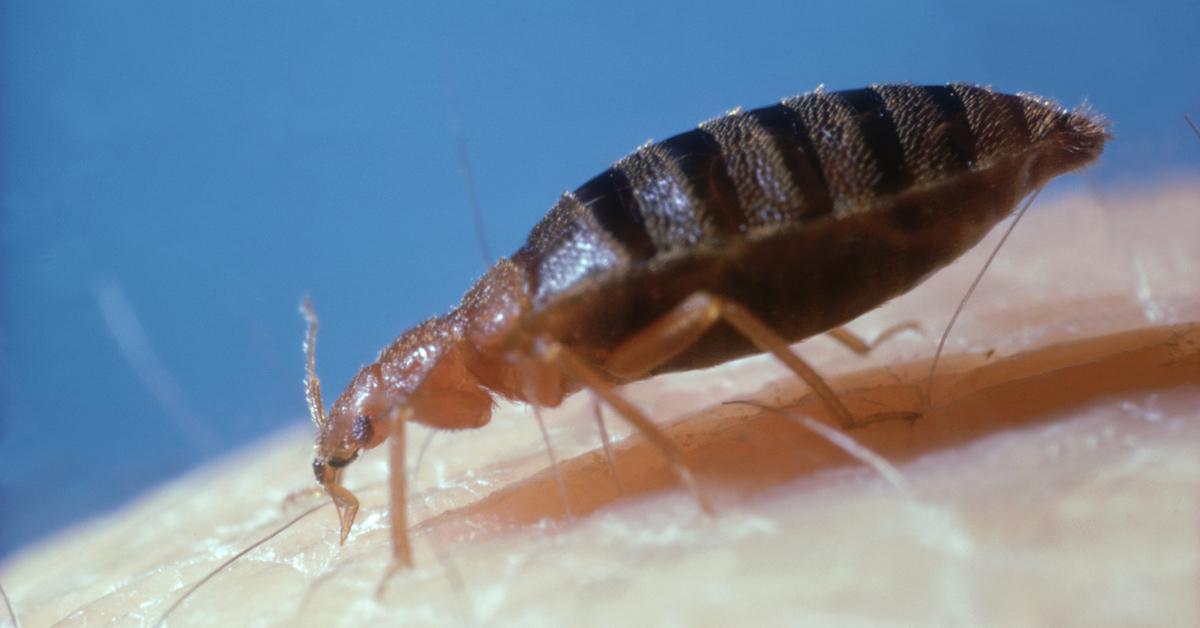
Bedbugs are almost as persistent as cockroaches when it comes to infestations. Getting rid of them starts with giving your home and all your fabrics a thorough cleaning. According to Green Living Tips, the first step in bed bug extermination is to wash and dry all bedding on the hottest setting possible.
Bedbugs and their eggs can survive temperatures as high as 140 degrees Fahrenheit, so you’ll also want to steam clean any other fabric in the house that cannot go into a washer and dryer, including carpets, furniture, and curtains. If they are still a problem after that, try putting borax or silica powder dust in all your cracks and crevices. The same desiccants that work on cockroaches will dry out bedbugs.
Ants
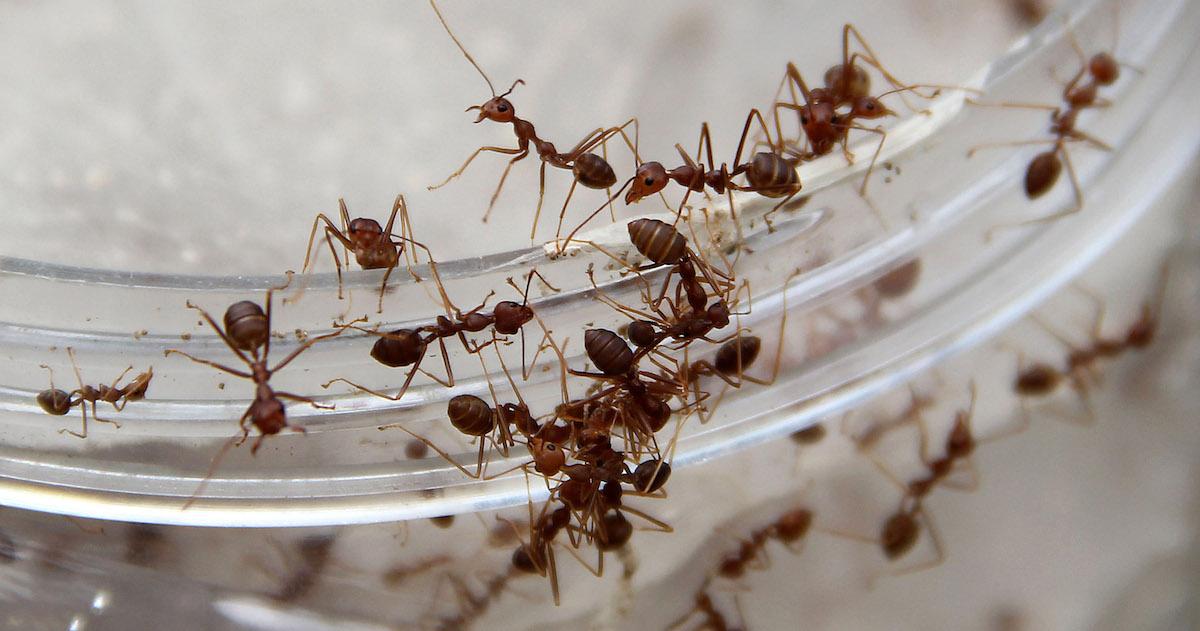
Of all the pests on this list, ants are often the most multitudinous and difficult to evict. Getting rid of ants without resorting to the use of toxic pesticides can be tricky, especially because not every ant species responds to toxins in the same way. According to Angi, the first step is to determine what species of ant you’re dealing with. After that, you can search for the non-toxic ant bait that’s most effective against that particular species.
Healthline recommends using similar insecticidal methods to those used when dealing with bedbugs and cockroaches. Diatomaceous earth and silica gel are both fine ways to dry out ants, but you could also use hot pepper, peppermint, essential oils, or cornstarch to prevent huge swaths of ants. If you want to take out the colony, you’ll need to use boric acid placed on a sugar-sweetened cotton swab. The workers will take it back to the queen and the colony should be done for in about three weeks.